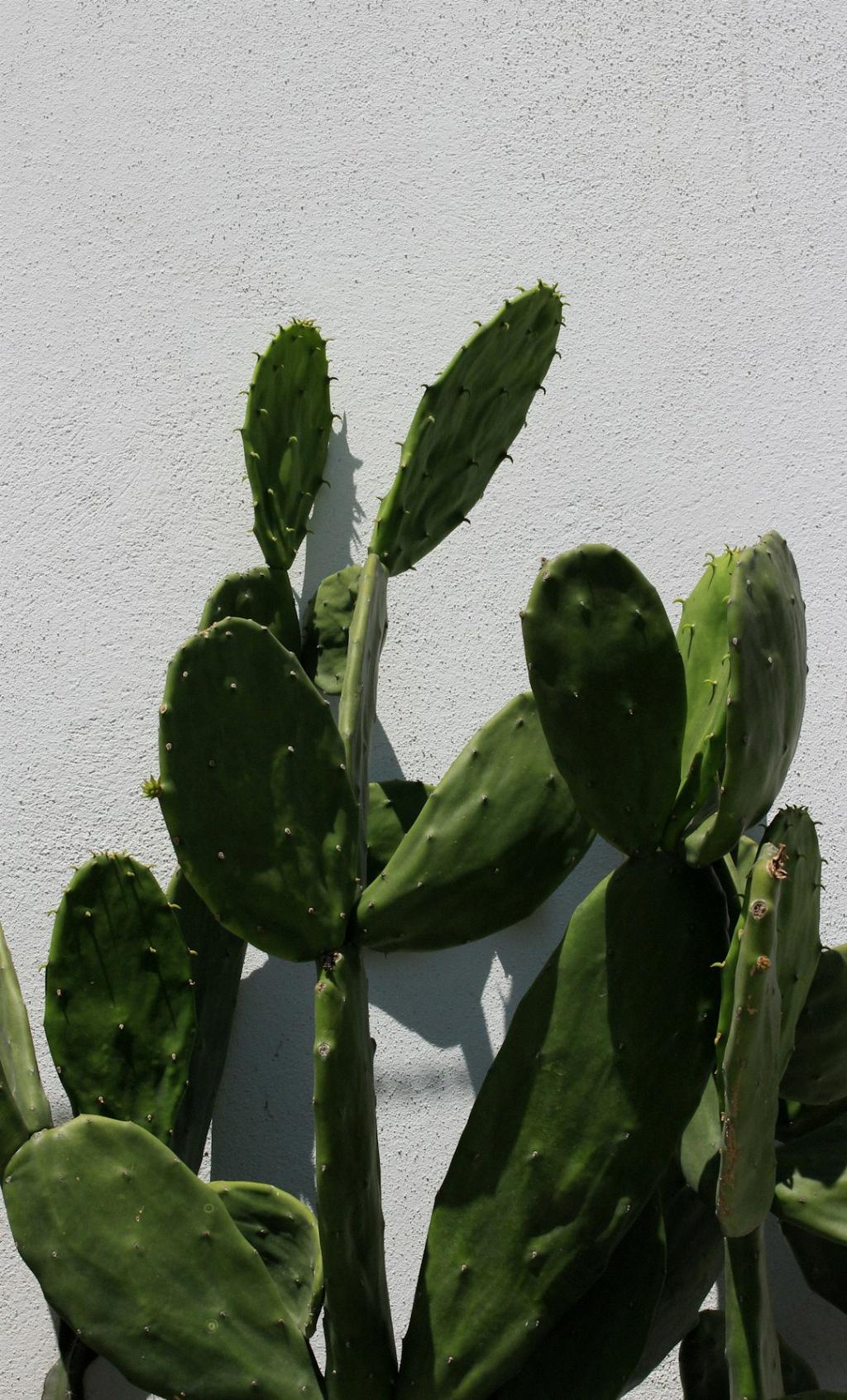When it comes to the delicate task of pruning cacti, there are several crucial factors to keep in mind. Cacti can be pruned at ground level to eliminate stems that are diseased, cold damaged, or broken. However, one cardinal rule stands above all – never top a cactus. Topping a mid to large columnar cactus can severely alter its natural form and leave it vulnerable to diseases.
Preserving the Integrity of Cacti
Hedging is a practice that should be avoided at all costs when it comes to cacti. The unique characteristics and growth patterns of these desert succulents make them unsuitable for hedging. It is crucial to understand that pruning should be aimed at enhancing the health and aesthetics of the cactus rather than conforming it to a specific shape.
Identifying Pruning Needs
Before initiating the pruning process, carefully inspect your cactus for any signs of disease, damage, or unwanted growth. Look for stems that appear unhealthy, discolored, or withered. These are the candidates for pruning. Always prioritize removing the stems that pose a threat to the overall well-being of the cactus.
Tools for Pruning Cacti
When it comes to pruning cacti, having the right tools is essential. Ensure you have sharp and clean pruning shears or a sharp knife. Blunt tools can crush and damage the stems, potentially causing more harm than good. It is also advisable to wear protective gloves to shield your hands from the sharp spines of the cactus.
Executing the Pruning Process
Once you have identified the stems that require pruning and have your tools ready, it is time to execute the process. Make clean cuts at ground level to remove the diseased, damaged, or unwanted stems. Avoid leaving any stubs, as these can attract pests and diseases. Precision is key when pruning cacti.
Post-Pruning Care
After pruning your cactus, it is crucial to provide proper post-pruning care to promote rapid healing and prevent infections. Allow the cuts to dry and callus over before watering the cactus again. Avoid exposing the freshly pruned areas to excessive moisture or direct sunlight until they have had time to heal.
Monitoring the Pruned Cactus
Keep a close eye on the pruned cactus in the following weeks to ensure that no signs of infection or regrowth issues arise. If you notice any complications such as rotting or discoloration around the pruned areas, take immediate action to rectify the problem. Regular monitoring is crucial for the overall health of the cactus.
Pruning Frequency
While cacti do not require frequent pruning, it is essential to conduct regular inspections to identify and address any pruning needs. Aim to prune your cactus during its active growth phase, typically in spring or summer. Avoid pruning during the dormant winter months to prevent stress on the plant.
Consulting Professionals
If you are uncertain about the pruning process or encounter complex issues with your cactus, do not hesitate to seek advice from experienced gardeners or horticulturists. Professional guidance can help ensure the proper care and maintenance of your cactus, especially in challenging situations.
Learning from Experience
Pruning cacti is a skill that can be honed through practice and experience. Each pruning session provides an opportunity to learn more about the unique growth patterns and requirements of your cactus. Embrace the learning process and adapt your pruning techniques based on the individual needs of your cacti.
Appreciating the Art of Pruning
Ultimately, pruning cacti is a rewarding and fulfilling task that allows you to promote the health and vitality of these stunning desert plants. By mastering the art of pruning, you can enhance the natural beauty of your cacti while ensuring their long-term well-being. Approach each pruning session with care, precision, and a deep appreciation for these remarkable succulents.

